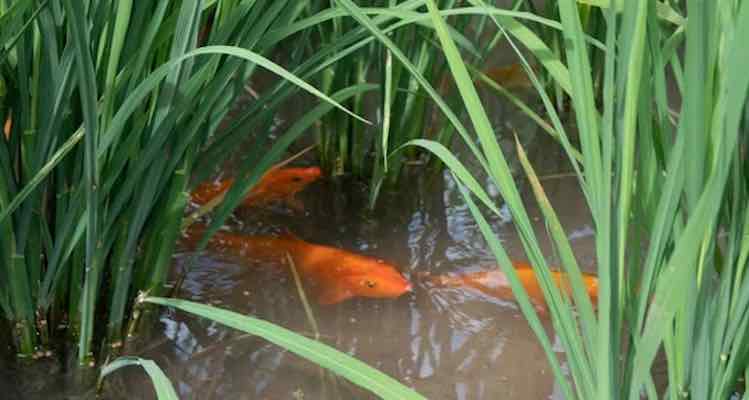A study shows that growing carp, mitten crabs, or softshell turtles in rice paddies could help farmers produce food in a more sustainable way.
Growing rice alongside aquatic animals can reduce the need for chemical fertilisers and pesticides, as well as increase farmers’ yields, shows a study published today in eLife.
The results suggest a way to help reduce the environmental harms associated with rice production, with potential economic benefits for rice farmers.
Modern farms often grow one type of crop and require large amounts of fertilisers and pesticides. This has helped increase crop production, but at the cost of increased environmental degradation. Some farmers are experimenting with growing a mixture of crops and animals to reduce the need for agricultural chemicals by taking advantage of beneficial interactions between plants and animals.
“One example includes farmers experimenting with growing aquatic animals in rice paddies,” says co-first author Liang Guo, Postdoctoral Fellow at the College of Life Sciences, Zhejiang University, Hangzhou, China. “Learning more about how these animals contribute to rice paddy ecosystems could help with producing rice in a more sustainable way.”
Guo and colleagues conducted three experiments, each lasting for four years, to compare the growth of rice alongside carp, mitten crabs, or softshell turtles with rice grown alone. They found that the aquatic animals reduced weeds, increased the decomposition of organic matter, and improved rice yields compared to the rice that was grown alone.
“We also saw that nitrogen levels in the soil remained steady in the rice paddies with aquatic animals, reducing the need for using nitrogen-based fertilisers,” says co-first author Lufeng Zhao, a PhD student at the College of Life Sciences, Zhejiang University.
The team next examined what the animals ate in the rice paddies. They found that 16–50% of their diet was made up of plant and other materials they scavenged, rather than their feed. They also found that the rice plants used around 13–35% of the nitrogen from leftover feed that was not eaten by the animals.
Growing rice with aquatic animals resulted in yields that were between around 8.7% and 12.1% higher than yields of rice grown alone. Additionally, farmers were able to grow between 0.5 and 2.5 tonnes of crabs, carp, or turtles per hectare alongside their rice.
“These results enhance our understanding of the roles of animals in agricultural ecosystems, and support the view that growing crops alongside animals has a number of benefits,” concludes Xin Chen, Professor of Ecology at the College of Life Sciences, Zhejiang University, and co-senior author of the study alongside Dr Liangliang Hu and Professor Jianjun Tang. “In terms of rice production, adding aquatic animals to paddies may increase farmers’ profits as they can sell both the animals and the rice, spend less on fertiliser and pesticides, and charge more for sustainably grown products.”
Read the paper: eLife
Article source: eLife
Image: A local carp living with rice plants in the co-culture experiment; it removes weeds and pests as well as promotes nitrogen recycling and the plants taking up nutrients. Credit: Lufeng Zhao (CC BY 4.0)








